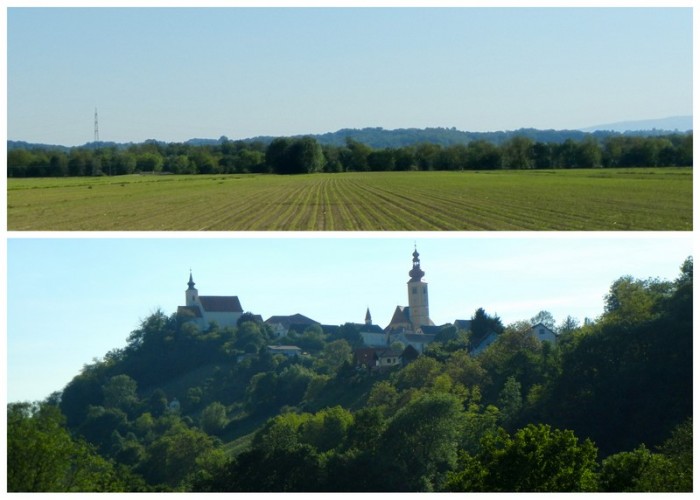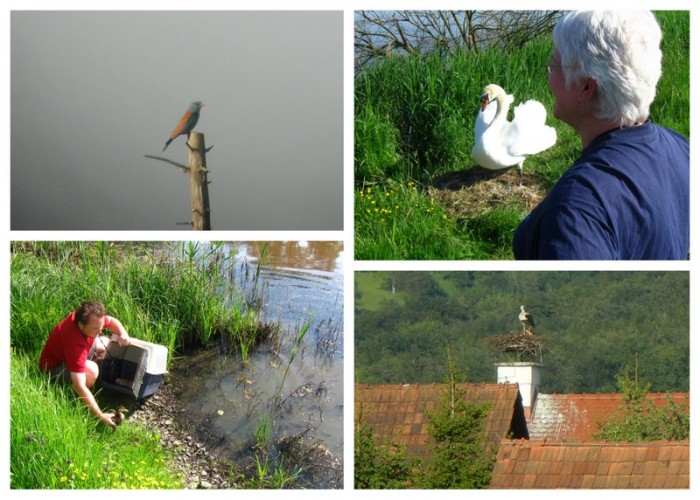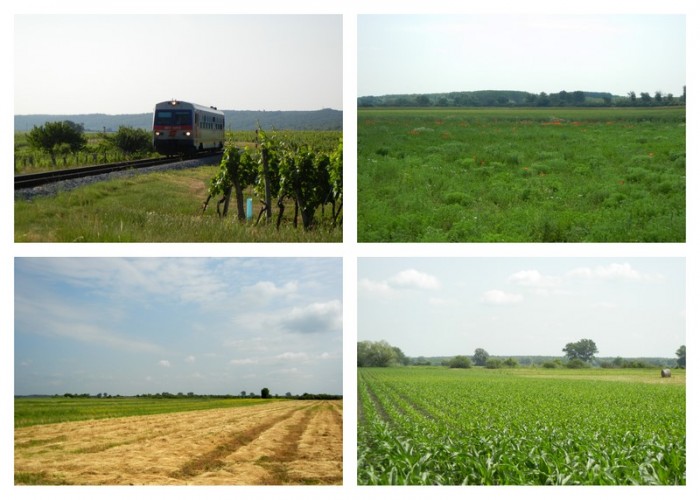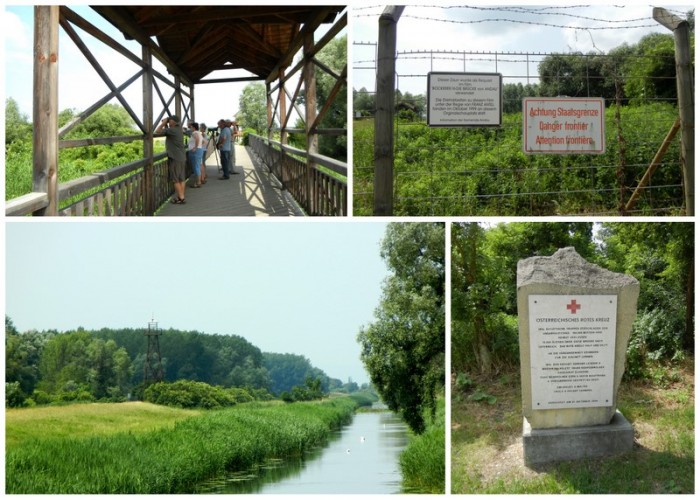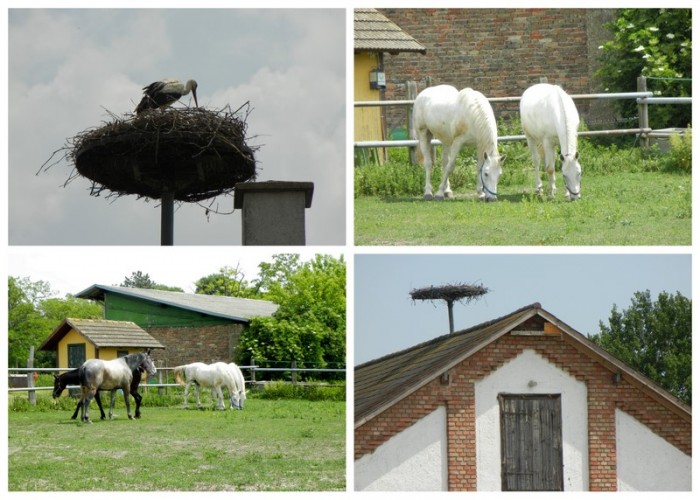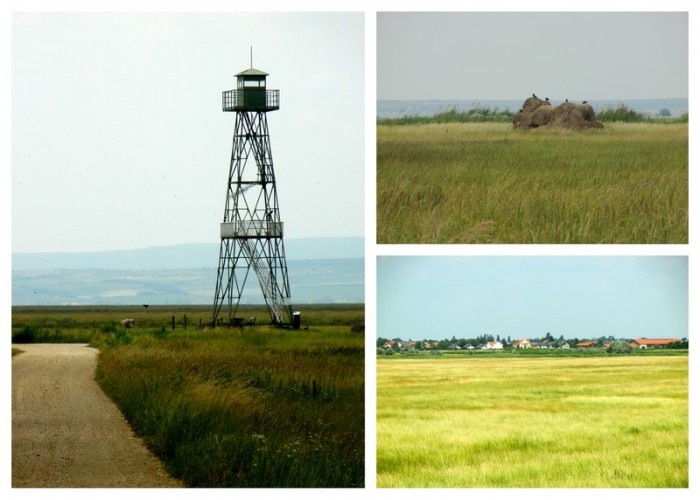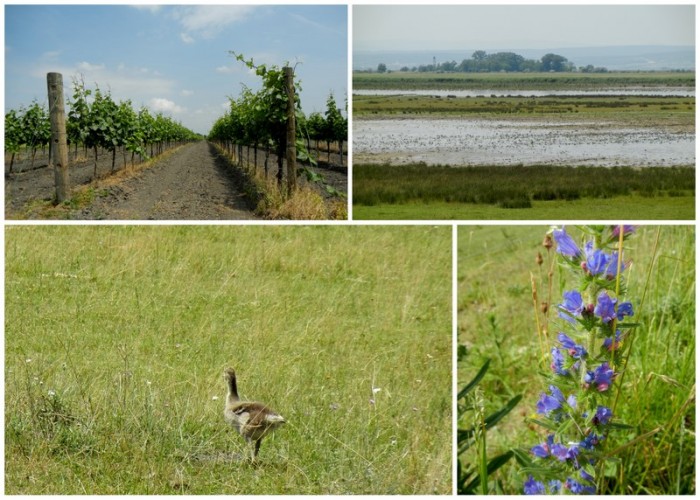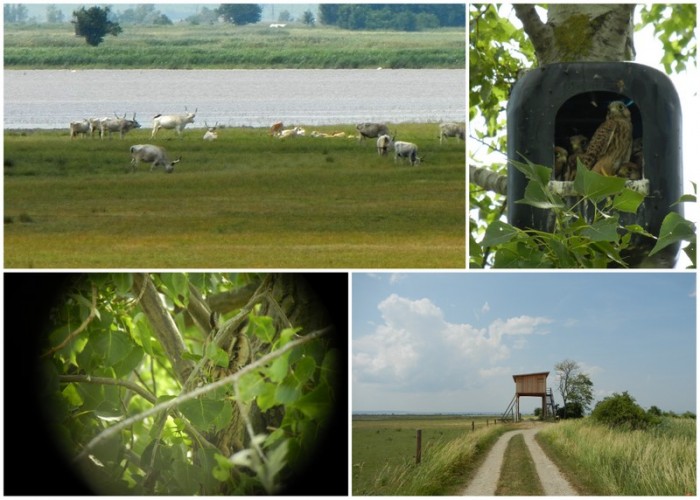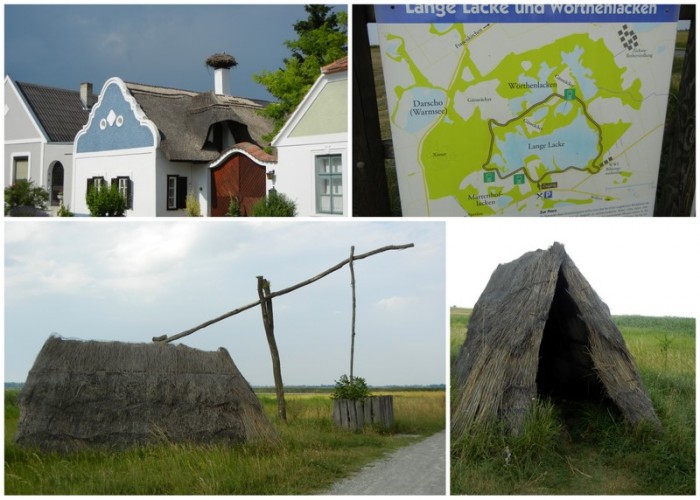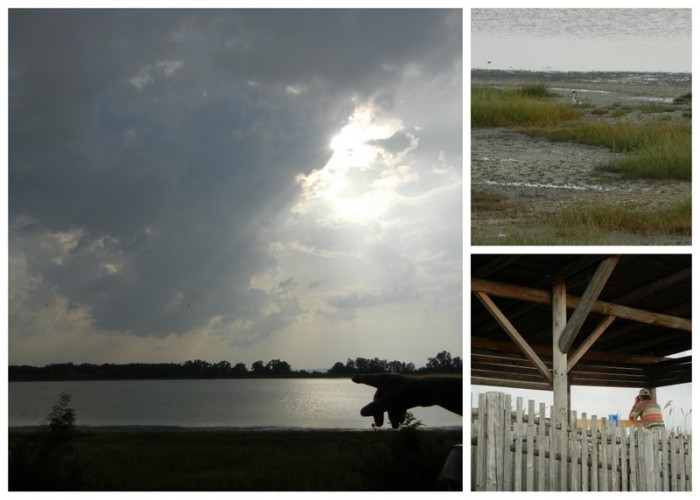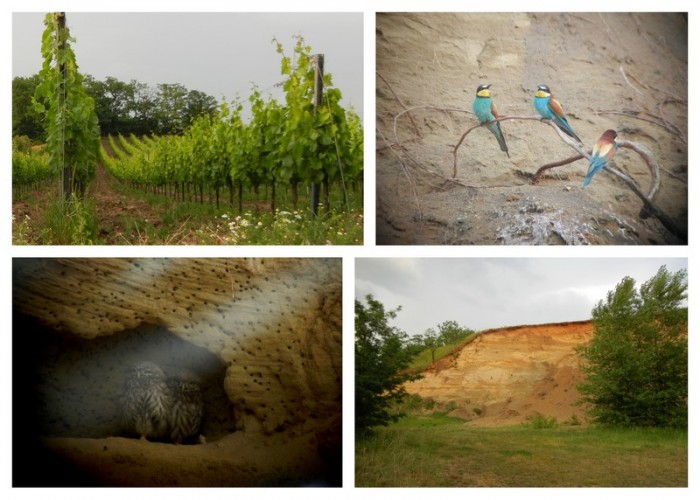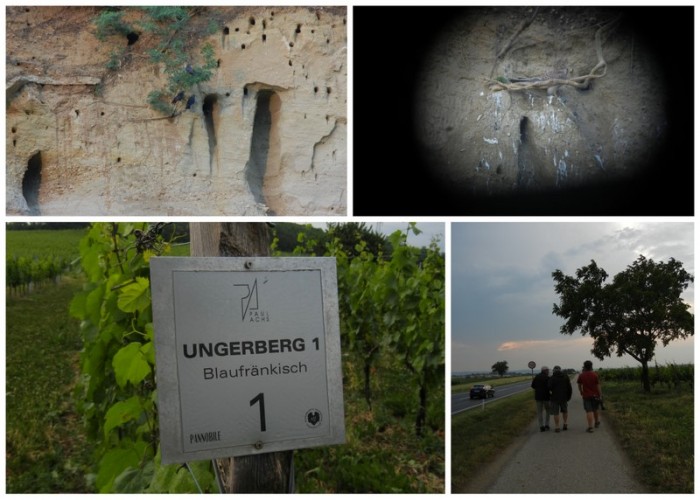When we came to Graz, our plan was to rent a car at some point and tour the Austria we had not previously seen, or at least get to some of the places around the Styria we could not easily visit otherwise. It turns out that so much the area IS accessible by regional train, or bus! Plus, we’ve had wonderful friends who have taken us with them on their excursions out of town, so there has been no need for car rental.
Two trips I took in early May and June were ‘for the birds’. Literally. Our bird-watching friend, Sebastian, called and asked if we wanted to go see the European Rollers (May 10) and then to “the best birding spot in all of Austria”, the Neusiedlrsee (June 7). Unfortunately, Bill was teaching both of those days, but happily, I was available!
Austria is the summer/breeding home to many bird species migrating from as close as Italy and as far away as South Africa. The European Roller (Coracias garrulus) is one of the latter, and I feel very fortunate to have seen it while it still exists! Sebastian explained that this area of Austria (right on the border with Slovenia) used to support many breeding pairs. Now it’s down to about 8 breeding pairs, and the day we visited, we could only find one breeding pair.
The man who was driving also was interested in looking at one of the more scenic villages, up on a large hill.
Naturally, we didn’t just drive all that way just to see European Rollers. Any time birders are out, anywhere is a good place to bird. Part of the trip allowed Sebastian to release a duck family that had been rehabilitating at Wildtier im Not, the small animal shelter/short-term rehab. facility near our flat. It was funny to watch Sebastian trying to catch all 7 members of this family, racing around after them in the closure with his net. If I had not been trying to help, there would be photos. As it is, we saw many other birds – storks, crested grebes on their floating reed nests, and one slightly angry swan defending his nest.
The trip to the Neusiedlrsee (see = lake) was more than amazing. Of course, almost every bird we see in Austria is a ‘new’ bird for us, even if many of the species are closely related to the ones we see in North America. At the ‘see’ my Austrian bird list ‘doubled.’ Again, we stopped on the way down to the ‘see’, a large steppe lake (36 km long, and between 6 km and 12 km wide from east to west) but shallow (no more than 1.8 m deep), surrounded by brackish wet-lands, and lying on the border between Hungary and Austria. In Austria it’s in the Austrian state of Burgenland. And we birded all the way back. In fact this was a marathon of bird trips! We left at 5:30 in the morning (which meant I had to be up by 4:30) and, due to running into a huge thunderstorm and torrential downpour, we didn’t get home until midnight! I think it was worth it!
The Neuseidlrsee area is a National Park in Austria, but only since the 1990’s, so instead of the purely wild landscape of a national park you might see in Montana or California, there are mostly farms, fields, hunting areas, and so on. This was fascinating to me. As well, this is an important wine production area, growing the best red wine grapes in Austria. The ‘see’ straddles the border between Austria and Hungary, thus there are remnants of the communist era – guard towers, barbed wire, and signs. These have been left up, perhaps as a reminder. Because Hungary is part of the Schengen Area , one does not need to check in at the border when passing through from Austria.
We saw many birds (waders, geese, raptors, warblers), and both a cuckoo and a nightingale. Since the latter two are quite elusive, this was a thrill! In fact, it is due to the skills with hearing and imitating bird song that Sebastian has developed that we found these birds at all. And it was due to Franz’s knowledge and persistence that we found no less than 3 kestrel nests and several hidden owls! We also found Hungarian Longhorn Cattle, brought back from near extinction after the two world wars and the communist era. Christian, the driver of this expedition, told me that after WWII, the US sent some Texas longhorn cattle over, and they promptly died! The environment (grasses/water) there was too salty! We also passed through a hamlet where Franz Liszt lived for a period. (It’s his anniversary year this year -a big deal in Hungary!)
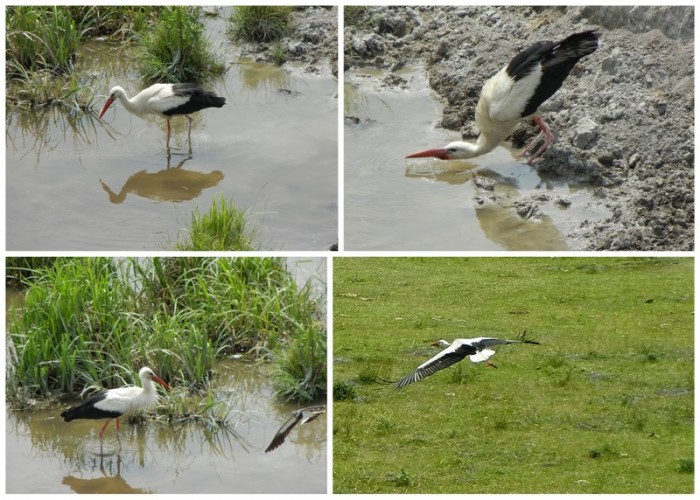
drama in the wetlands - stork attacked by lapwing for infringing on territory; stork flies off; lapwing wins (for now)
One curious structure was a little hut which my friends said was a ‘shepherd’s’ hut, adjacent to a well. These were not for sheep herders but for the herders who took care of the cattle and the horses. Today they are not used, except perhaps by migrants or hikers. I don’t think most of the wells were ‘active’, although there was water in them!
Perhaps the most beautiful bird of all that we saw was the European Bee Eater, a bird described in an October 2008 National Geographic article as a bird with a life “like an epic novel, sprawling across continents, teeming with familial intrigue, theft, danger, chicanery, and flamboyant beauty”. We had hoped to see these in Spain when we were there over our Spring break holiday, but the weather was awful. Here, they nest in sandy cliffs, along with Jackdaws, Little Owls, and Kestrels who all live in holes previously excavated by the Bee Eaters. Before the rain came down, it was an amazing sight and a perfect end to the day.

